Here’s a modern mystery with ancient roots: why do certain birds feel like soulmates for our personalities? Scientists have spent decades decoding bird behavior, while the rest of us quietly sort ourselves into types and signs that promise to explain who we are. Today, those worlds are starting to meet in surprising ways, not as hard proofs, but as vivid metaphors that sharpen how we see both nature and ourselves. Think of this as a field guide for the mind and the meadow: we’re pairing real avian traits with the most familiar personality frameworks to spark curiosity, kind conversation, and maybe a fresh appreciation for the living world.
The Hidden Clues
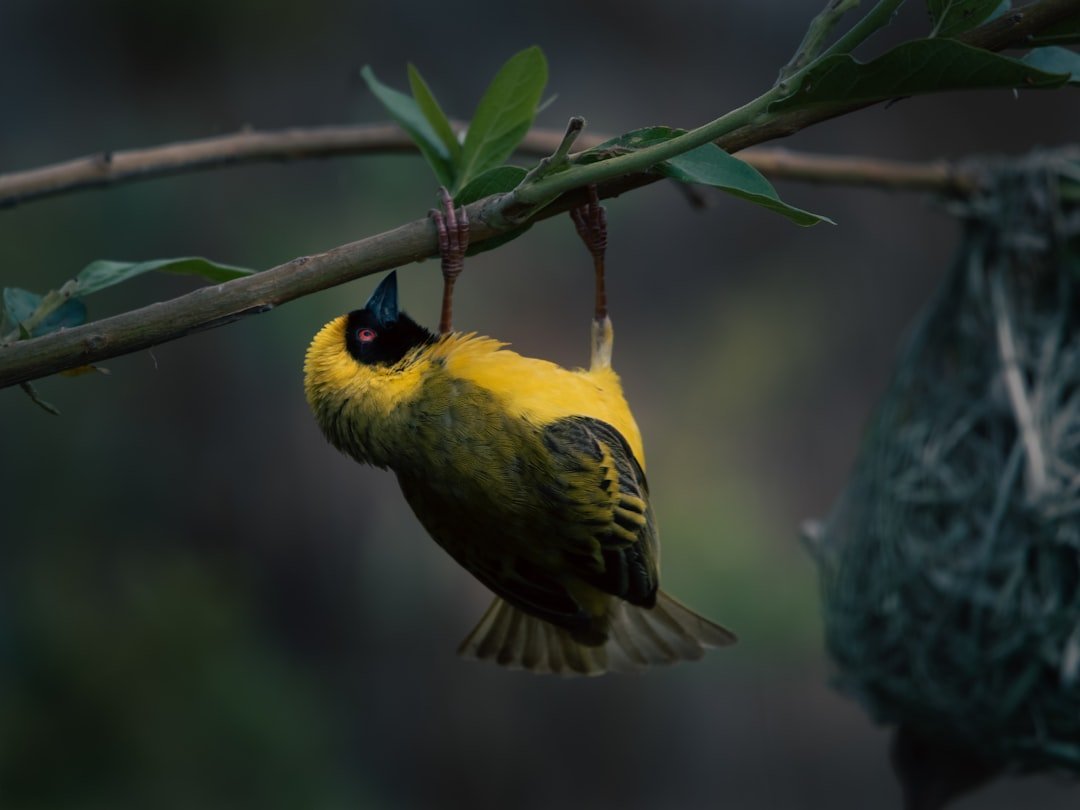
Birds wear their decisions on their wings, and those choices can look a lot like personality. A peregrine falcon slashes through the sky with ruthless efficiency, while a heron waits in monk-like stillness for the exact ripple that says dinner. Corvids stash food in hundreds of spots and remember those caches months later, hinting at a patient, strategic streak that humans might label as planning. Even song sparrows calibrate their vocal bravado based on who is listening, a tiny lesson in social context that feels uncannily familiar.
Under the feathers, neurobiology and hormones shape these styles: brain regions tied to memory and problem-solving are unusually developed in tool-using species, and seasonal hormone shifts modulate boldness and song. These are not just cute quirks; they are survival strategies refined by evolution. When we map human frameworks onto them, we are not proving destiny, but reading nature’s margins for insights we might otherwise miss.
From Ancient Tools to Modern Science
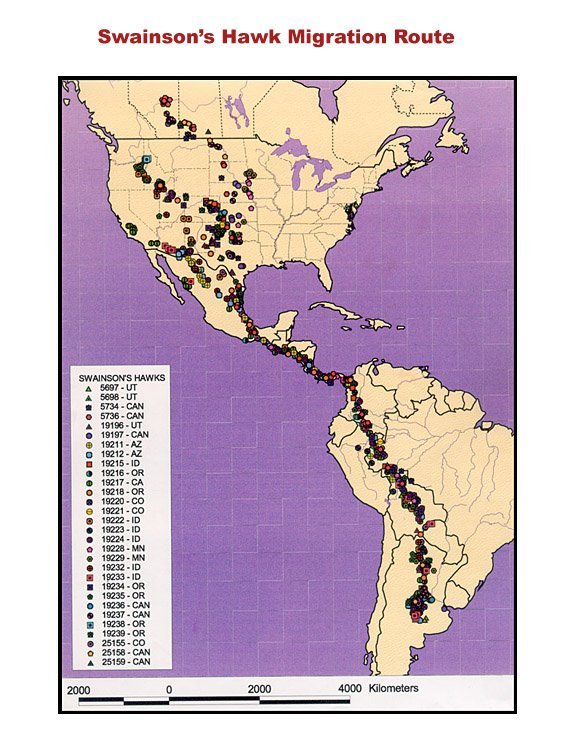
People have long read birds for meaning – sailors tracked seabirds to find land, and farmers watched swallows to guess the weather. Folklore got some patterns right, even if the explanations were off, because birds are sensitive to subtle environmental signals humans often overlook. Today, researchers use GPS trackers, miniature accelerometers, and automated acoustic recorders to follow a bird’s day down to the second. Movement paths reveal risk tolerance, foraging strategies, and social clustering, which look a lot like behavioral profiles.
Machine learning now sifts billions of data points to spot repeatable styles within and across species. One albatross may be a tireless wanderer, another a coastline loyalist, and those differences remain surprisingly stable across seasons. That stability is what makes the metaphor useful: if birds show consistent individual tendencies, our frameworks at least have something natural to point toward – even as we keep the science honest about what’s evidence and what’s analogy.
Mapping MBTI to Wings and Beaks
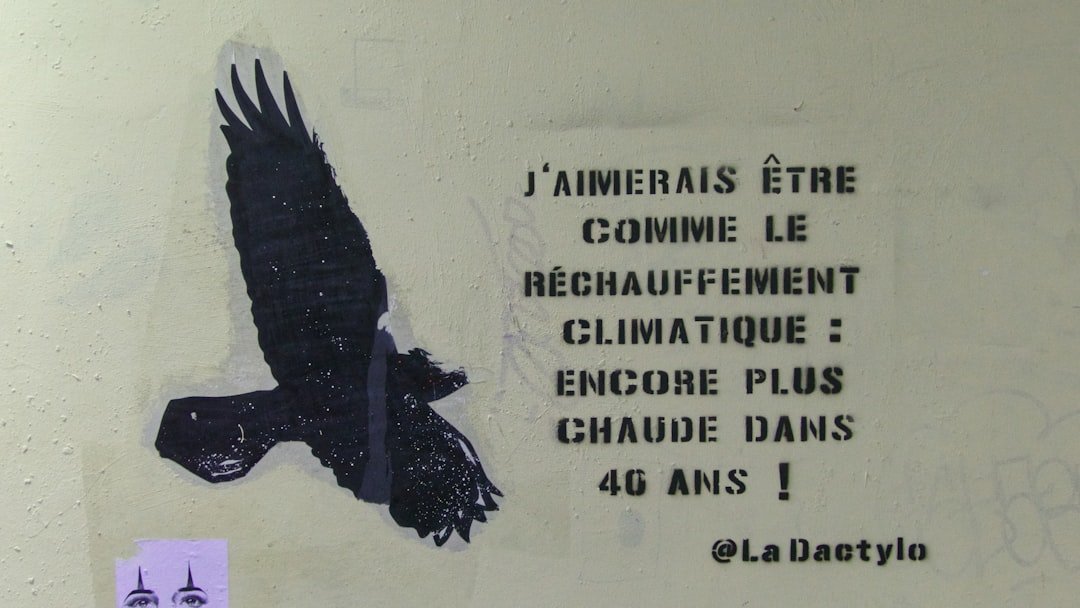
Take the MBTI as a storytelling scaffold and watch how specific birds snap into focus. INTJ fits the heron, the patient architect of the marsh, calculating every step before a strike that looks inevitable in hindsight. ENFP feels like the kea or a hummingbird – curious, high-energy, exploring every new bloom or puzzle with kinetic joy. ISTJ lines up with the Canada goose, steadfast in seasonal routines and protective of the flock’s structure, even when the flight gets long.
ENTJ has a peregrine vibe: decisive, fast, and unimpressed by dithering winds. INTP mirrors the New Caledonian crow, a quiet inventor tinkering twigs into tools and solving problems others never noticed. ESFJ echoes the American robin, a neighborhood regular attuned to social rhythms and shared spaces, while ISFP finds a home in the bowerbird, whose artful displays turn sticks and berries into careful beauty. It’s playful, not prescriptive – but it can spark reflection about your default habits and the habitats that help you thrive.
Zodiac Skies: Twelve Archetypes, Twelve Birds
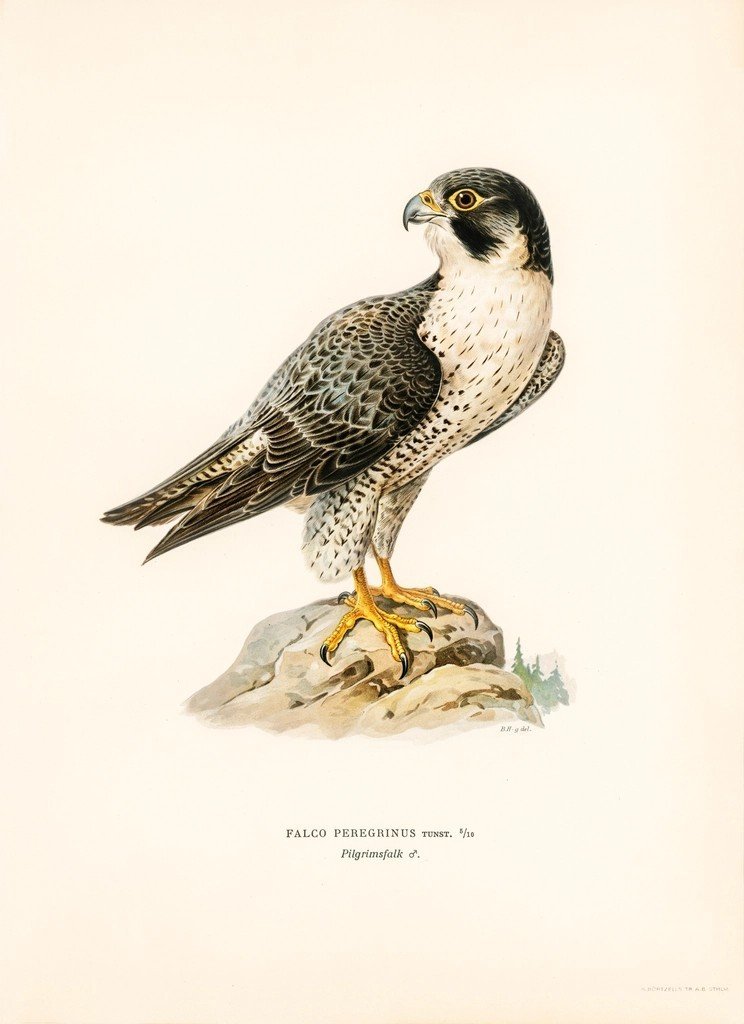
Astrology isn’t science, but it is a long-running language for archetypes, and birds give those archetypes feathers. Aries is the peregrine, bold and fast, built for decisive movement when a window opens. Taurus belongs with the mute swan, loyal and grounded, investing in bonds and territories with serene persistence. Gemini reads as the magpie, an agile communicator drawn to novelty and social exchange that keeps the colony buzzing.
Cancer finds kinship in the emperor penguin, devoted to caregiving amid harsh conditions, turning coordination into survival. Leo feels like the peafowl, broadcasting presence with flair that doubles as a biological signal. Virgo has the sandpiper’s precision, scanning tidelines with meticulous focus, while Libra aligns with cranes, all symmetry and choreography in collective flight. Scorpio resembles the shrike, intense and strategic, and Sagittarius rides with the albatross, chasing distant horizons; Capricorn scales like the alpine chough, thriving in thin air; Aquarius follows the Arctic tern’s improbable routes, and Pisces meets the kingfisher at the water’s edge, poised between worlds.
Field Notes From Researchers and Birders
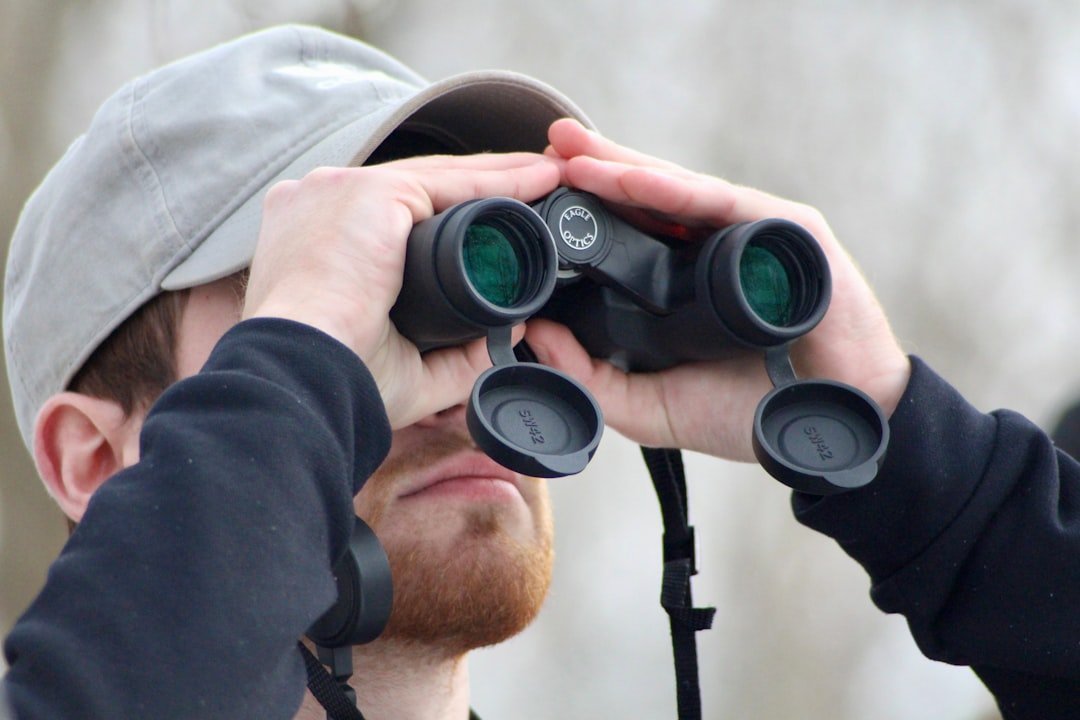
Spend a dawn with binoculars and you’ll start recognizing personalities as surely as plumage. I once watched a kestrel hunt over a parking lot, ignoring traffic and commotion with uncanny focus, then pivot midair to chase a sparrow that slipped under a hedge. The next day, a different kestrel in the same spot hunted from higher perches and veered from noise, a small behavioral fingerprint etched into the morning routine. That’s the sort of repeatable difference researchers track over weeks and months, building datasets where individual styles don’t wash out in averages.
Citizen scientists help fill in these patterns by logging sightings, nesting dates, and behaviors across seasons. Their notes often catch the nuance – who stays on territory despite storms, who experiments with new food, who follows, who leads. Those threads, woven with tags and telemetry, create profiles that rhyme with our frameworks without trying to force exact matches. It’s a partnership between curiosity and evidence that feels both rigorous and delightfully human.
Why It Matters

Linking personality frameworks to birds isn’t about assigning fate; it’s about building bridges for attention and care. Traditional tests can feel abstract, but birds are tangible: you can watch a heron plan or a crow troubleshoot, and it makes the idea of temperament concrete. In classrooms, these analogies keep students engaged long enough to learn how animal behavior actually gets measured, from ethograms to blind scoring. In conservation, a familiar archetype can turn a distant species into a neighbor you want to protect.
There’s also a check on anthropomorphism here: if a label doesn’t fit the behavior, the field corrects us. Birds push back against our tidy boxes, and that friction sharpens both science and self-understanding. Compared with personality quizzes alone, the bird lens adds ecological context – environment, community, season – and reminds us that behavior is always situated. That perspective is useful far beyond birding.
Global Perspectives

Around the world, different cultures already match birds with meaning, offering a rich comparative map. In some regions, cranes symbolize harmony because their flight demands coordination, while elsewhere ravens stand for insight due to their problem-solving. Researchers are beginning to study not just species, but populations, showing how local conditions nudge behavior without erasing individual tendencies. A bold seabird in the Southern Ocean and a bold jay in a city park don’t do the same things, but the through-line of style is recognizable.
This global lens matters as habitats shift. Migration routes redraw, food sources move, and birds adapt in ways that reveal behavioral flexibility or stubbornness. Watching those adjustments can guide policy, because species with narrower behavioral repertoires often need faster protection. The more fluently we read these signals, the better our chances of steering conservation where it will count.
The Future Landscape

Tomorrow’s field kit is getting smarter, smaller, and more ethical. Solar GPS tags now weigh less than a paperclip, and onboard sensors can infer when a bird is flying, resting, or feeding without constant human presence. Advances in bioacoustics let algorithms recognize individuals by voice patterns, opening windows into social networks and learning. Cross-referencing those data with environmental variables will help disentangle personality from circumstance.
There are challenges ahead: data privacy for sensitive locations, equitable access to technology, and the risk of overfitting stories to beautiful animals. Climate change adds urgency as behaviors shift at uneven speeds across populations. Yet the payoff is tangible – clearer behavioral baselines, smarter protected areas, and public narratives that turn spectators into stakeholders. The sky is big enough for both poetry and proof, as long as we keep our methods transparent.
Conclusion

Try a personal field test this week: pick a local species, watch it for fifteen minutes, and jot down what feels consistent about its choices. Then compare your notes across a few days and see which tendencies hold up, and which ones depend on weather, noise, or company. Support the habitats that make those tendencies possible by planting native species, keeping windows bird-safe, and minimizing outdoor lights during migration. If you’re able, join a community science project or a local bird count to give your observations a longer life.
Most of all, let the metaphor do its quiet work: if you’re a heron at heart, schedule time for stillness; if you’re a tern, leave room for long flights of curiosity. Personality is a lens, not a cage, and birds remind us that style can coexist with change. Look up, listen closely, and match your next decision to the wings you admire. Which one will you be today?

Suhail Ahmed is a passionate digital professional and nature enthusiast with over 8 years of experience in content strategy, SEO, web development, and digital operations. Alongside his freelance journey, Suhail actively contributes to nature and wildlife platforms like Discover Wildlife, where he channels his curiosity for the planet into engaging, educational storytelling.
With a strong background in managing digital ecosystems — from ecommerce stores and WordPress websites to social media and automation — Suhail merges technical precision with creative insight. His content reflects a rare balance: SEO-friendly yet deeply human, data-informed yet emotionally resonant.
Driven by a love for discovery and storytelling, Suhail believes in using digital platforms to amplify causes that matter — especially those protecting Earth’s biodiversity and inspiring sustainable living. Whether he’s managing online projects or crafting wildlife content, his goal remains the same: to inform, inspire, and leave a positive digital footprint.




